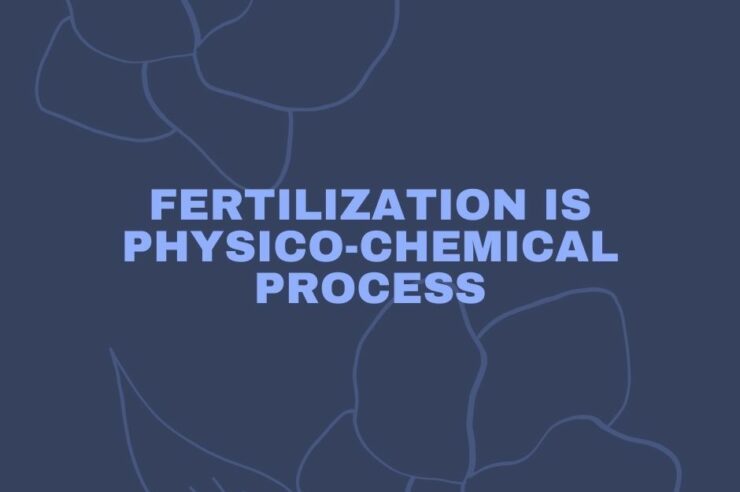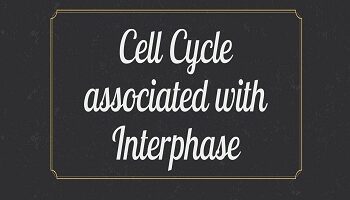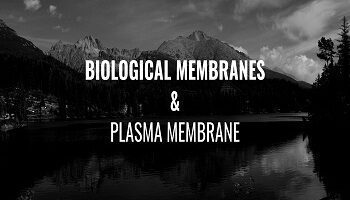Fertilization is Physico-Chemical process:
The penetration of sperm into the ovum, during the process of fertilization, involves a series of physio-chemical events. As the spermatozoa pass through the male genital passages, they undergo a process of maturation. During the process of maturation, spermatozoa acquire some motility only after passing through the epididymis. The secretions of the epididymis, seminal vesicles and prostate have a stimulating effect on the sperm motility, but the spermatozoa become fully motile only after ejaculation. When introduced into the vagina, spermatozoa reach the uterine tubes much sooner than their own motility would allow, suggesting that contractions of Uterine and tubal musculature exerts a sucking effect. Spermatozoa acquire the ability to fertilize the ovum only after they have been in the female genital tract for some time. This final step in their maturation is called capacitation. When the sperm reaches the ovum, it releases antifertilizin (a sperm lysin secreted in its acrosome) which reacts with the fertilizin of the ovum and dissolves the egg envelopes to make a path of the sperm to reach the surface of the ovum. The fertilizin and antifertilizin are species-specific, hence no two gametes of different species can fuse. When the eggs are released from the ovary, they are surrounded by a layer of follicle cells (corona radiata); these cells are held together radiata, thus, acts as a barrier through which the sperm must first penetrate to reach the plasma membrane also dissolve and the sperm reaches to the female Pronuclens an enzyme, hyaluronidase, which serves to dissolve the adhesive and disperse the cells of corona radiata. Finally, the plasma membrane also dissolves and the sperm reaches the female Pronuclens to fuse and form a zygote. It is estimated that the ovum is capable of being fertilized 48 hours after ovulation. Spermatozoa also live for approximately 4 days after discharge. If sperms are introduced into the vagina within cervix and uterus to reach the ovum while it is still in the fallopian tube. About 200 million sperms are discharged in each ejaculation by the male. Many sperms die even before reaching the uterine cavity, but many viable sperms reach the ovum.
However, only one sperm enters the ovum and that too only its head and some part of the neck. The entry of sperm evokes a chemical signal in the ovum and this signal is transmitted to the surface of the ovum incapacitating numerous sperms in the vicinity to enter the ovum. Hence the whole process of fertilization is a physico-chemical process.









Comments (No)